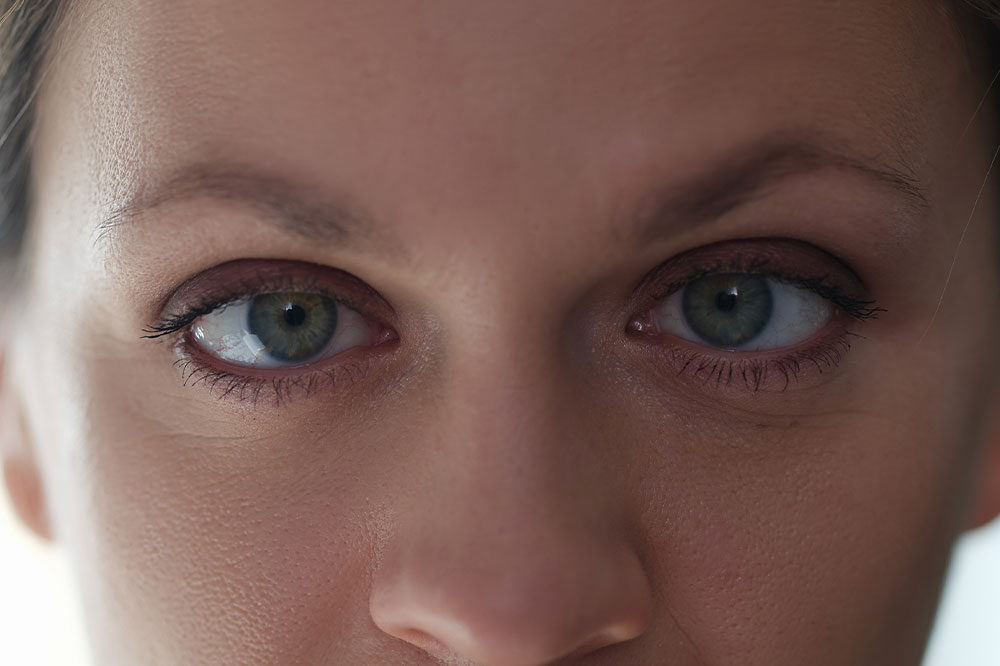
Lazy eye – Causes, symptoms, and ways to manage it
Lazy eye, also known as amblyopia, is a type of poor vision usually detected in childhood but can also affect adults. This condition occurs when eyesight in one or both eyes does not develop correctly during childhood. If left untreated or ignored for a long time, it can lead to severe complications, including permanent vision loss. Read further to learn about the lazy eye, its causes, symptoms, and ways to manage it.
Lazy eye
Lazy eye can occur if the eye does not receive enough visual stimulation during childhood, resulting in reduced vision in that eye. It can lead to severe problems if left untreated, including decreased depth perception and difficulty reading. Rarely it affects both eyes.
Causes
Strabismus amblyopia
This disorder occurs when one or both eyes are not aligned properly and cannot function together as a team. It usually begins in early childhood and may go undetected for years. The imbalance in the muscles causes each eye to work independently, and this, in turn, results in blurred vision. In some cases, children with this condition may show no symptoms; they develop poor vision as their muscle coordination fails to improve over time.
Refractive amblyopia
It is another common cause of a lazy eye. This condition occurs when there is an irregularity on the surface of the eyeball because it has either too much or too slight curvature. It causes light to be scattered instead of focused on the retina. As people age, their lenses become less elastic, making it difficult to focus on close-up objects due to the scattering effect. However, refractive amblyopia often goes undiagnosed until adulthood because many people do not experience any problems seeing up close.
Cataract
It is a common cause of a lazy eye because they block light from reaching your retina. It can result in decreased vision due to blurred images and difficulty reading the fine print. Cataracts in the lens inside your eyes obstruct visual clarity and make it difficult to see clearly at night or during low-light conditions.
Ptosis ( droopy eyelid)
It is the medical term for drooping of the upper eyelid. It involves muscle weakness, nerve damage, and inflammation. In some cases, it may be present at birth or develop over time. While ptosis is usually not a severe condition, it can cause problems with vision if it affects both eyes. If the ptosis is severe, it can block part of the pupil and interfere with normal eye function.
Symptoms
The most common symptom is difficulty reading small print or seeing objects up close. If you have any of the following symptoms, you may have a lazy eye and require medical attention.
Squinting
It is the most common symptom of lazy eye and can occur when you struggle to focus on something up close or read in dim light.
Tilting head
The head tends to tilt to one side instead of staying level while looking straight ahead. It is done to align the eyes properly and to avoid strain on the eyes.
Shaking of the eyes
A lazy eye often causes eyeballs to move around more than usual, making tasks like reading difficult or even impossible.
Poor peripheral vision
If you experience trouble seeing things beyond what’s immediately in front of you, it may be a sign that your eyes are lazily focusing on objects that are near-sighted rather than far away.
Treatment
There are several ways to treat a lazy eye, but eyeglasses or contact lenses are the most common. Eyewear helps people see better by correcting their vision. Contact lenses also help people see clearly at night and when wearing sunglasses. Eyedrops help keep the eyes moist so that they work more effectively, and eye patches protect them from glare and other harmful light sources while working or during outdoor activities. Eye patches and Bangerter filters (also called occluders) block out certain parts of the spectrum of light that can cause strain on your eyes. They work by reducing glare from nearby lights or images, respectively. On the other hand, surgery may be suggested if other treatments fail or if there is significant damage to the optic nerve.
The treatment for lazy eyes can often be as simple as glasses or contact lenses specifically tailored to the patient’s needs. Therefore, discussing your options with an eye care professional or ophthalmologist to diagnose and treat the condition is important.




